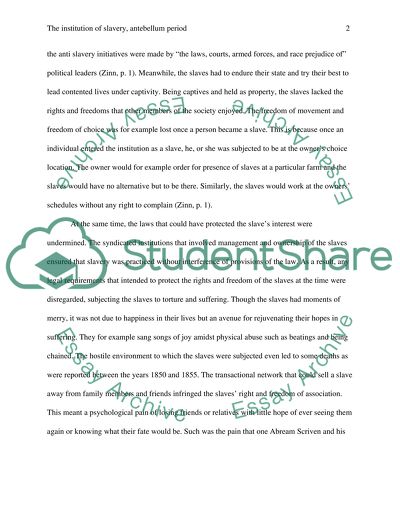Cite this document
(“The institution of slavery in the American South of the antebellum Essay”, n.d.)
The institution of slavery in the American South of the antebellum Essay. Retrieved from https://studentshare.org/history/1448781-the-institution-of-slavery-in-the-american-south-of-the-antebellum-period
The institution of slavery in the American South of the antebellum Essay. Retrieved from https://studentshare.org/history/1448781-the-institution-of-slavery-in-the-american-south-of-the-antebellum-period
(The Institution of Slavery in the American South of the Antebellum Essay)
The Institution of Slavery in the American South of the Antebellum Essay. https://studentshare.org/history/1448781-the-institution-of-slavery-in-the-american-south-of-the-antebellum-period.
The Institution of Slavery in the American South of the Antebellum Essay. https://studentshare.org/history/1448781-the-institution-of-slavery-in-the-american-south-of-the-antebellum-period.
“The Institution of Slavery in the American South of the Antebellum Essay”, n.d. https://studentshare.org/history/1448781-the-institution-of-slavery-in-the-american-south-of-the-antebellum-period.


